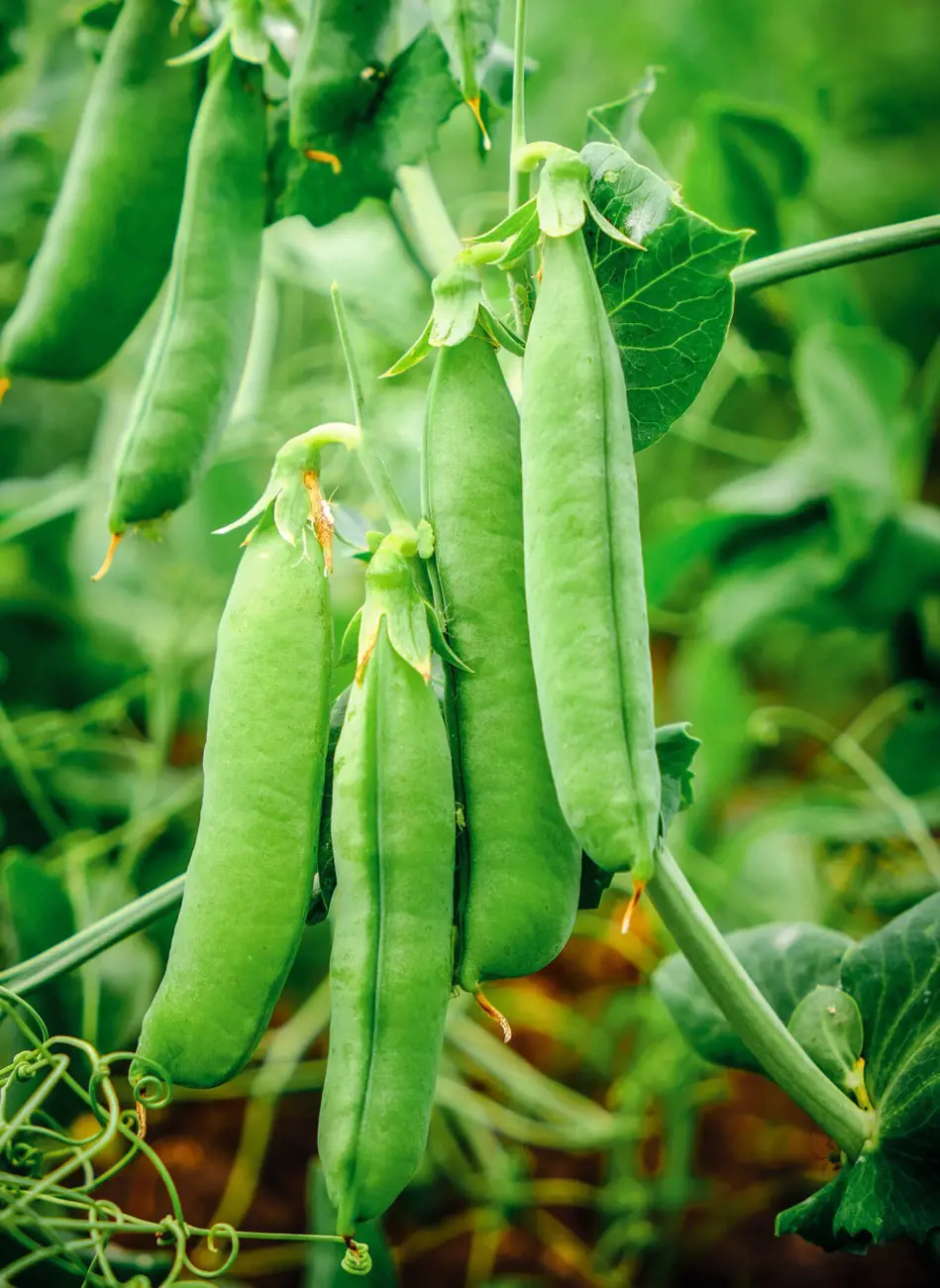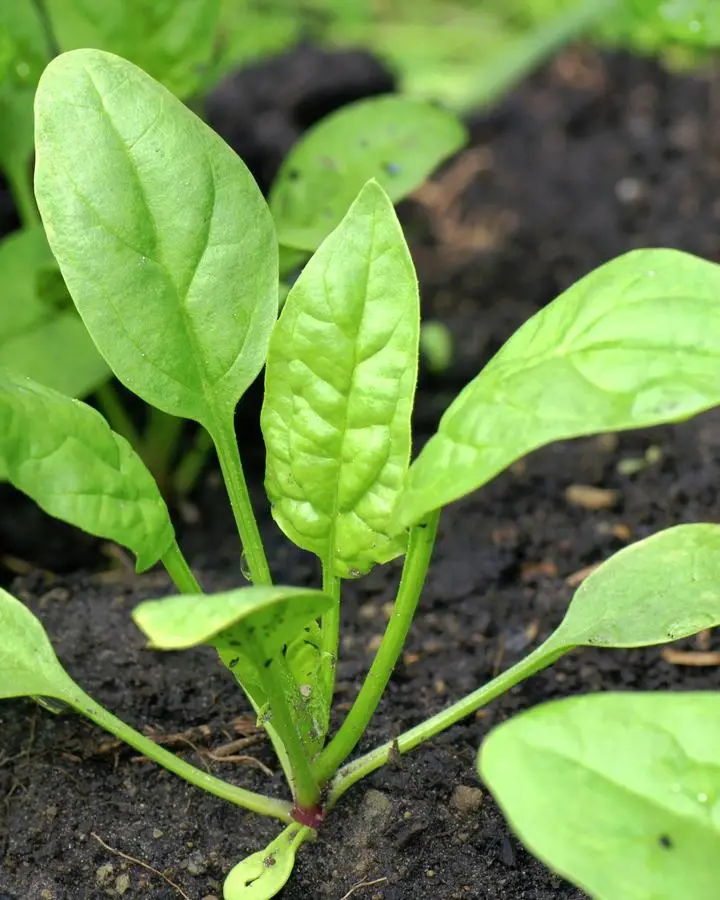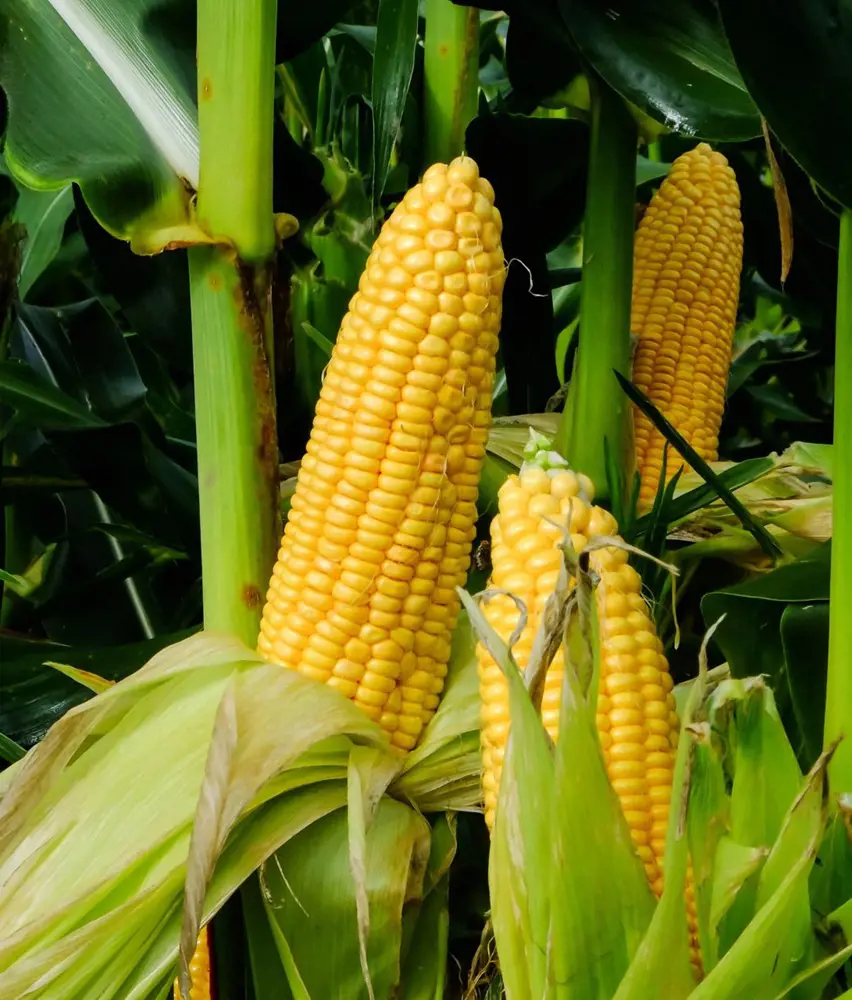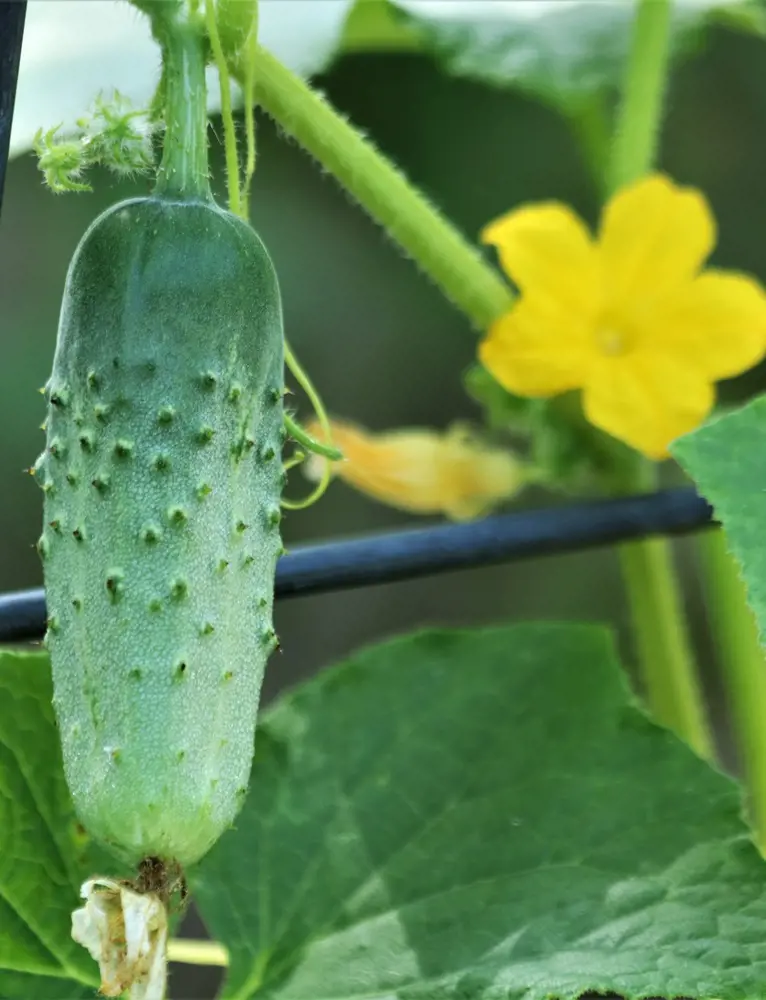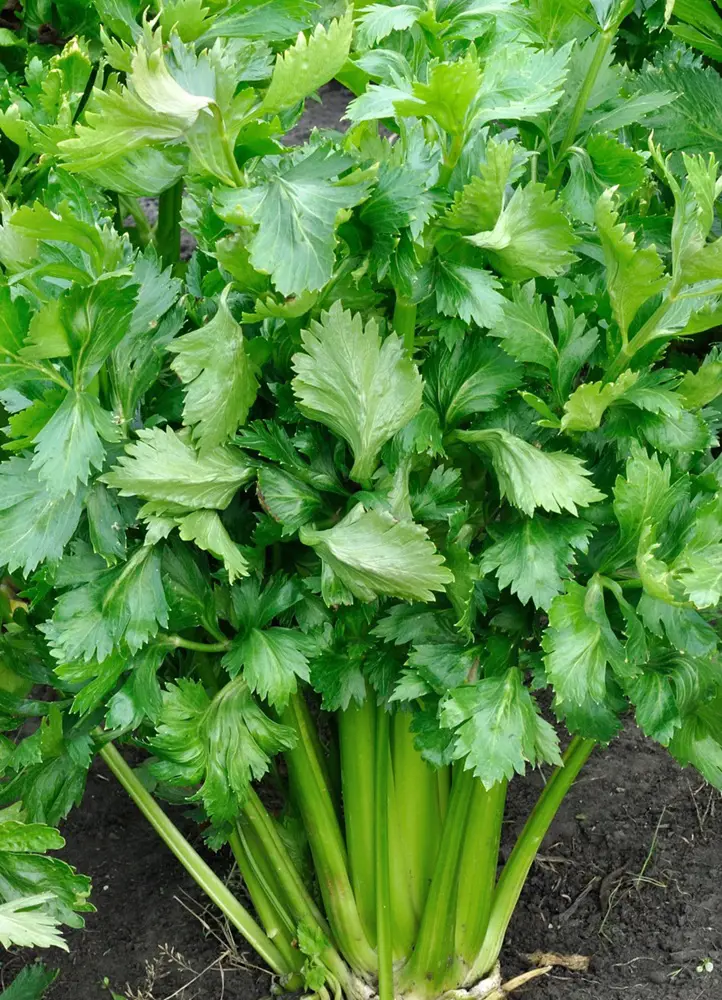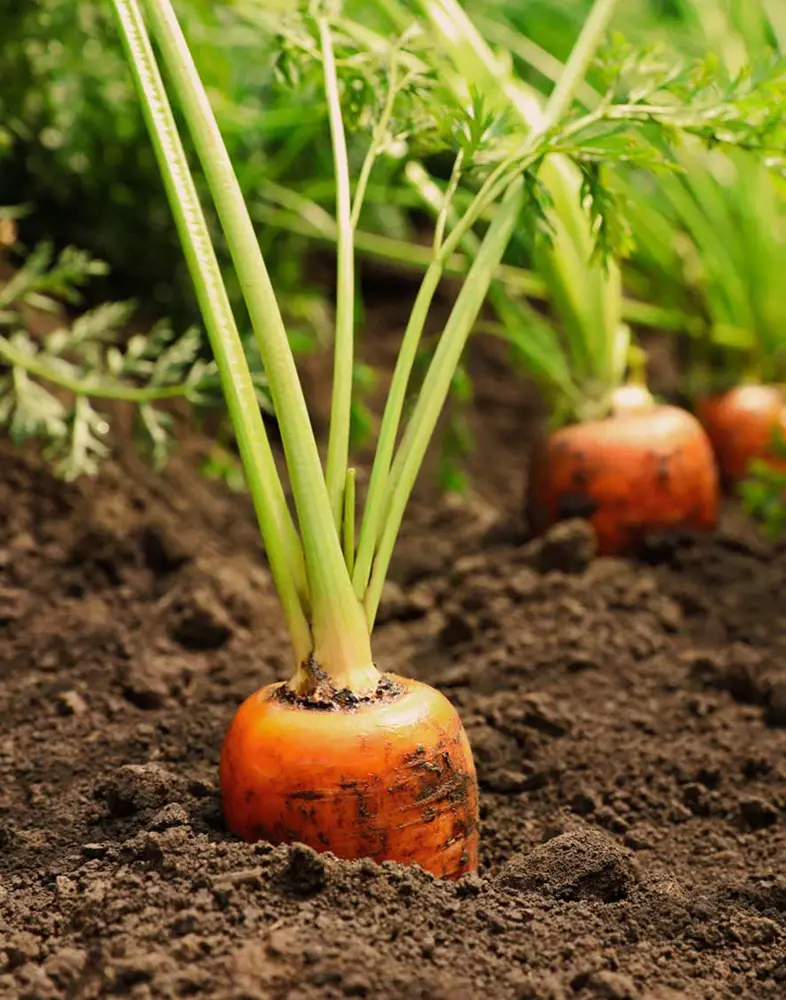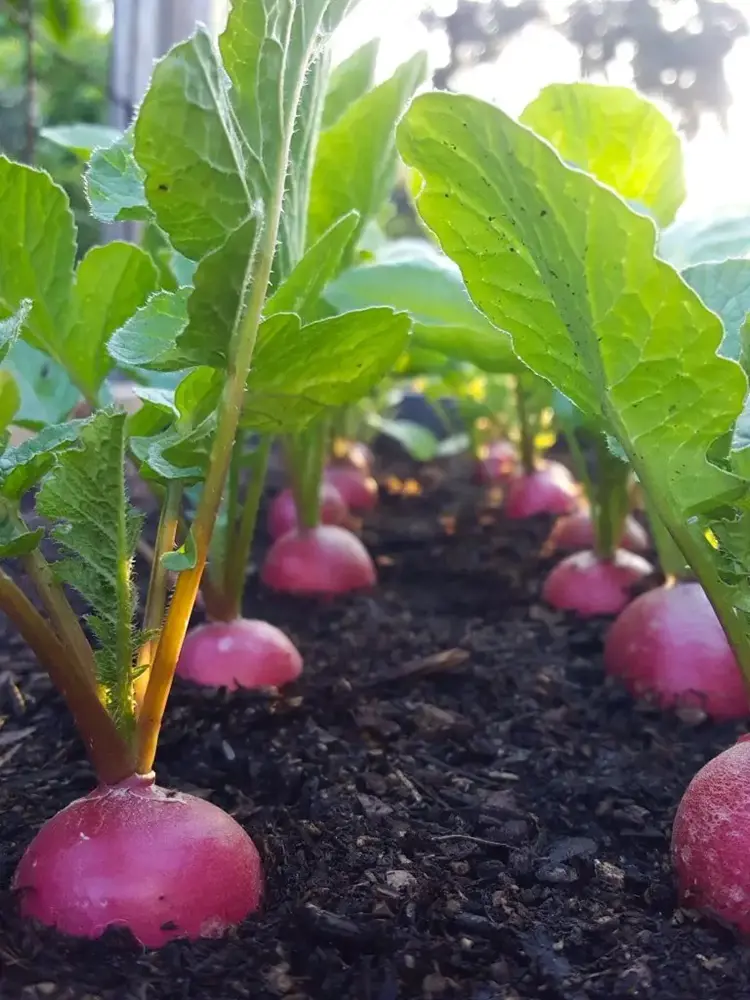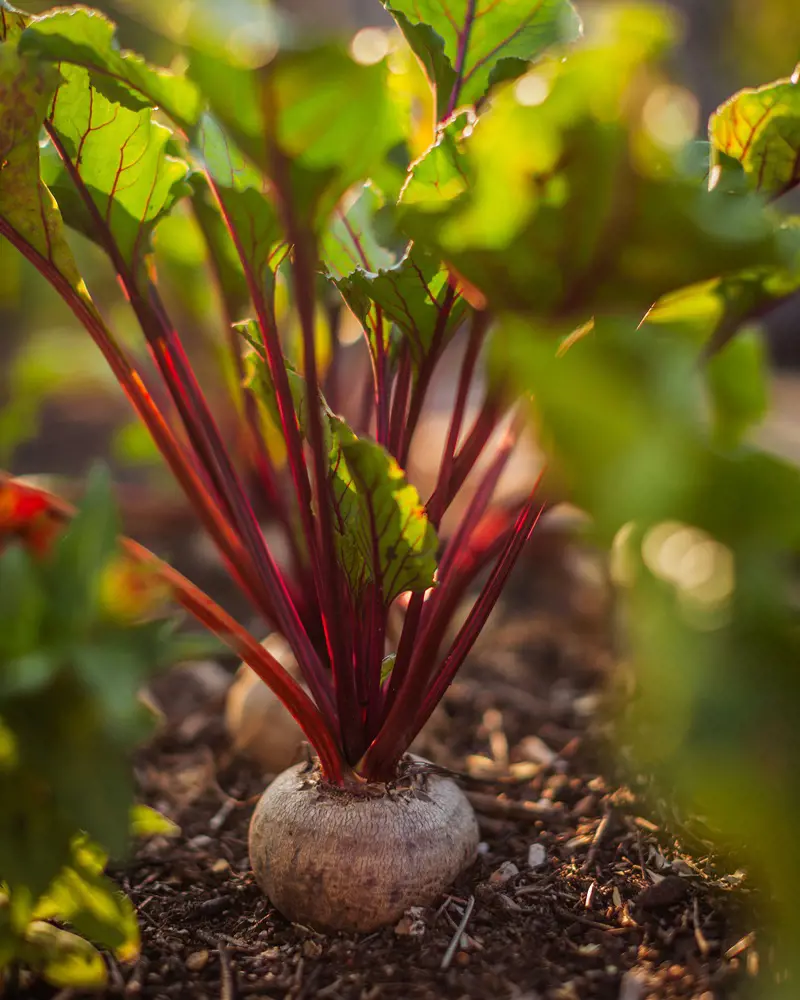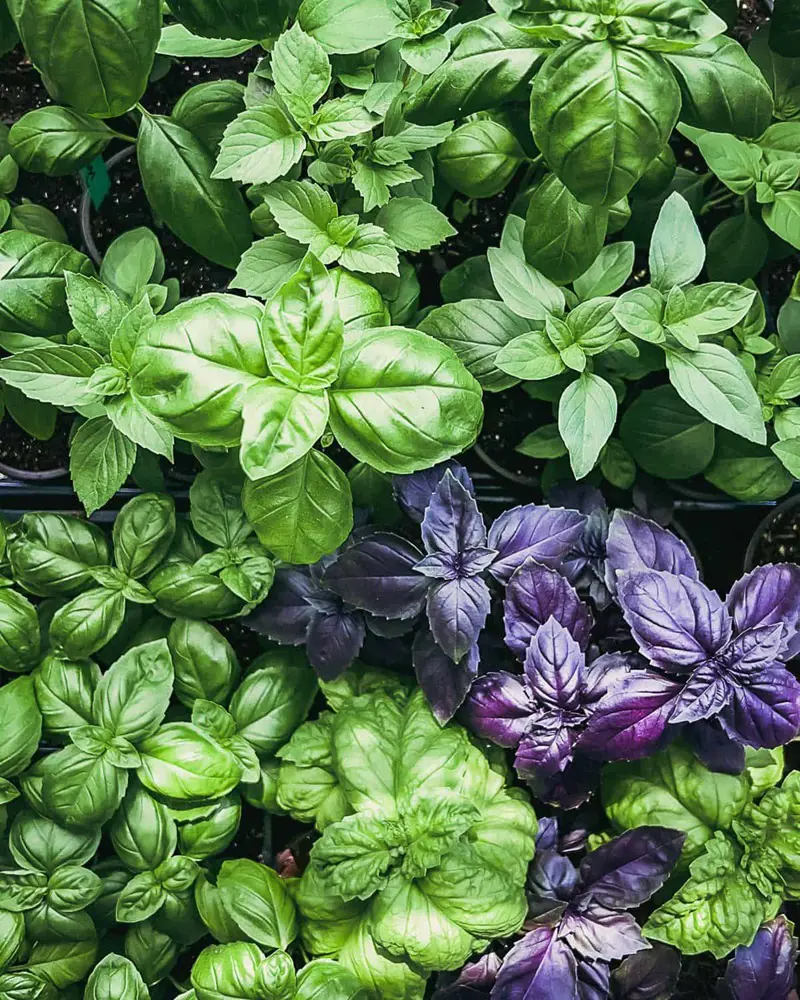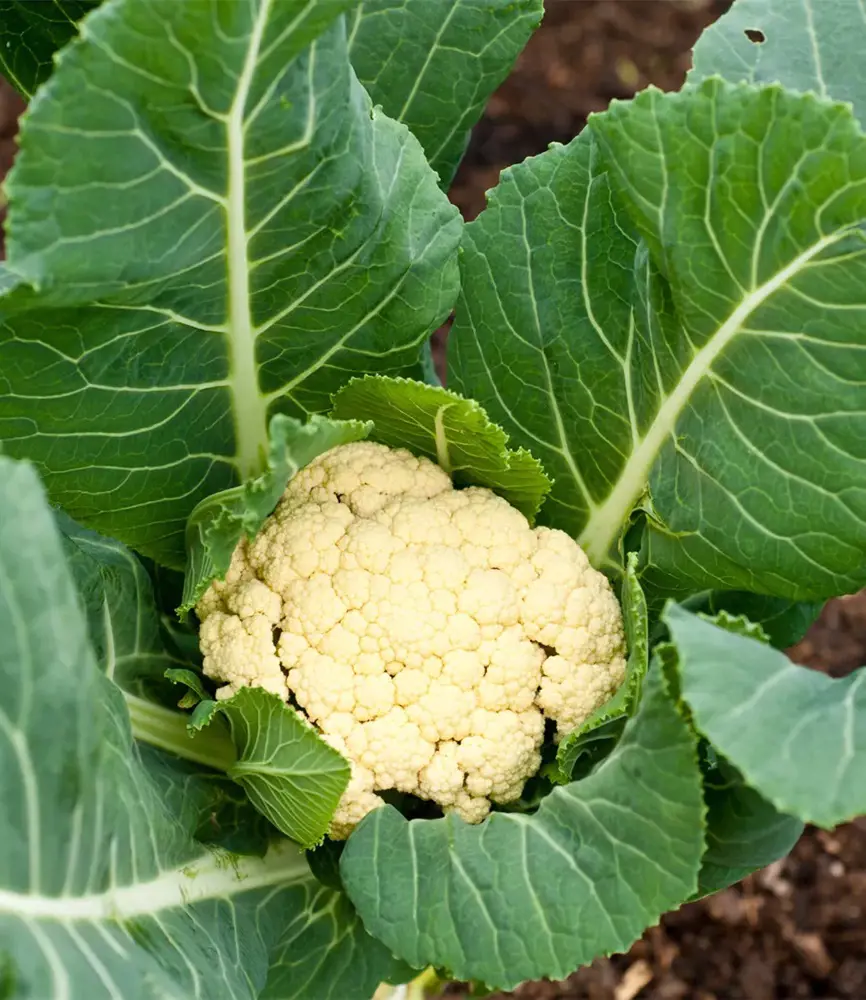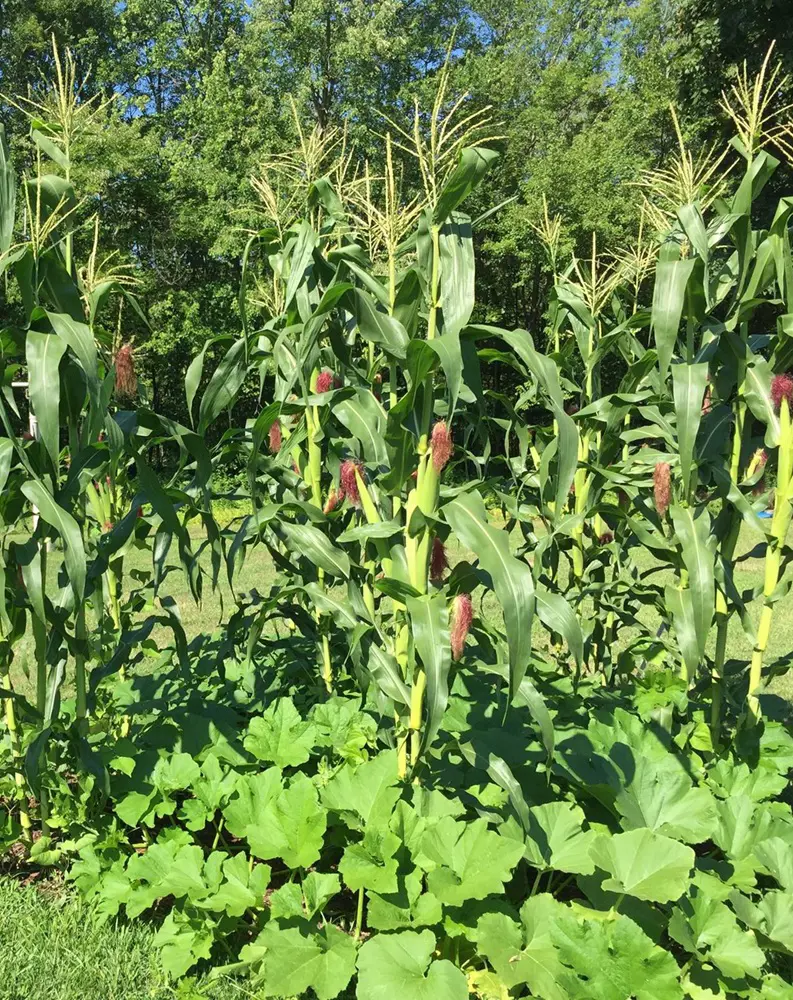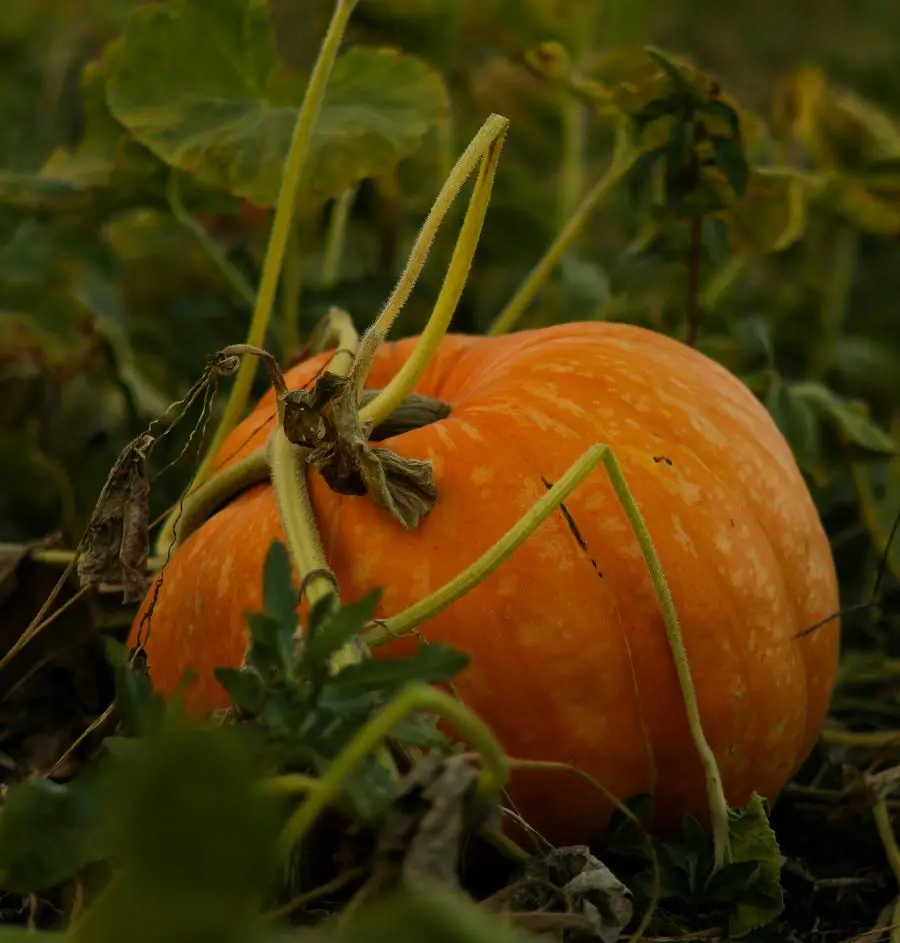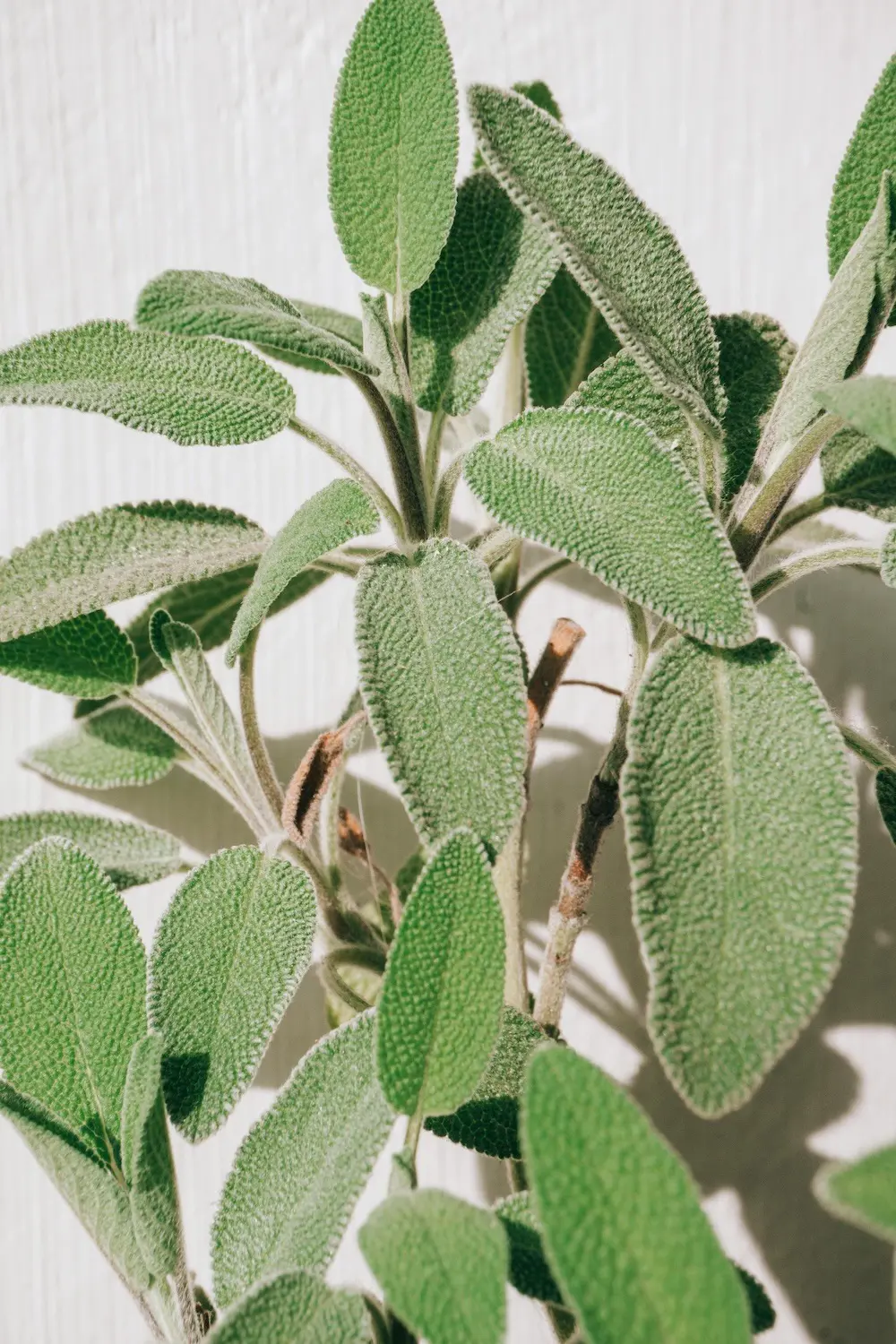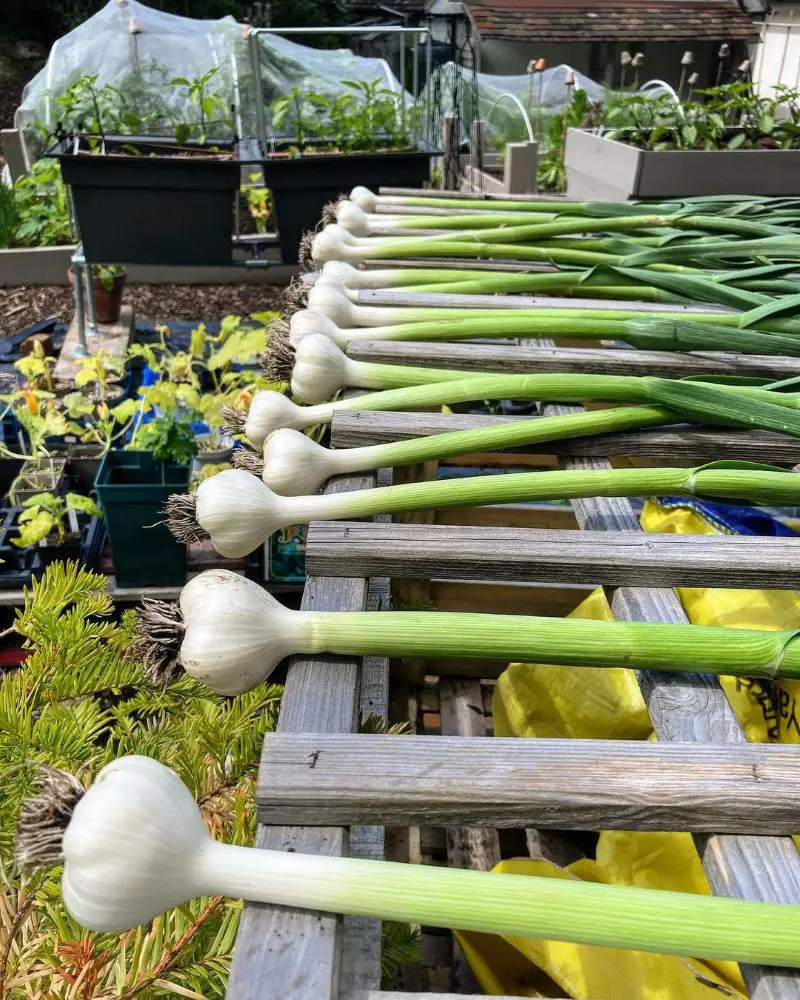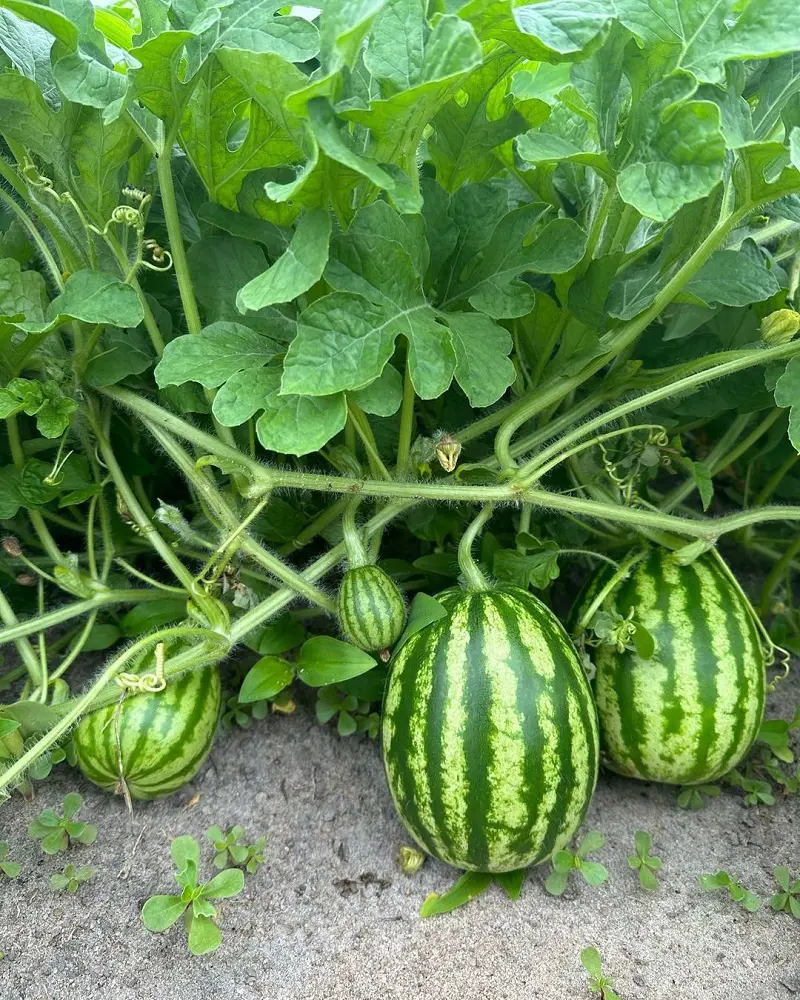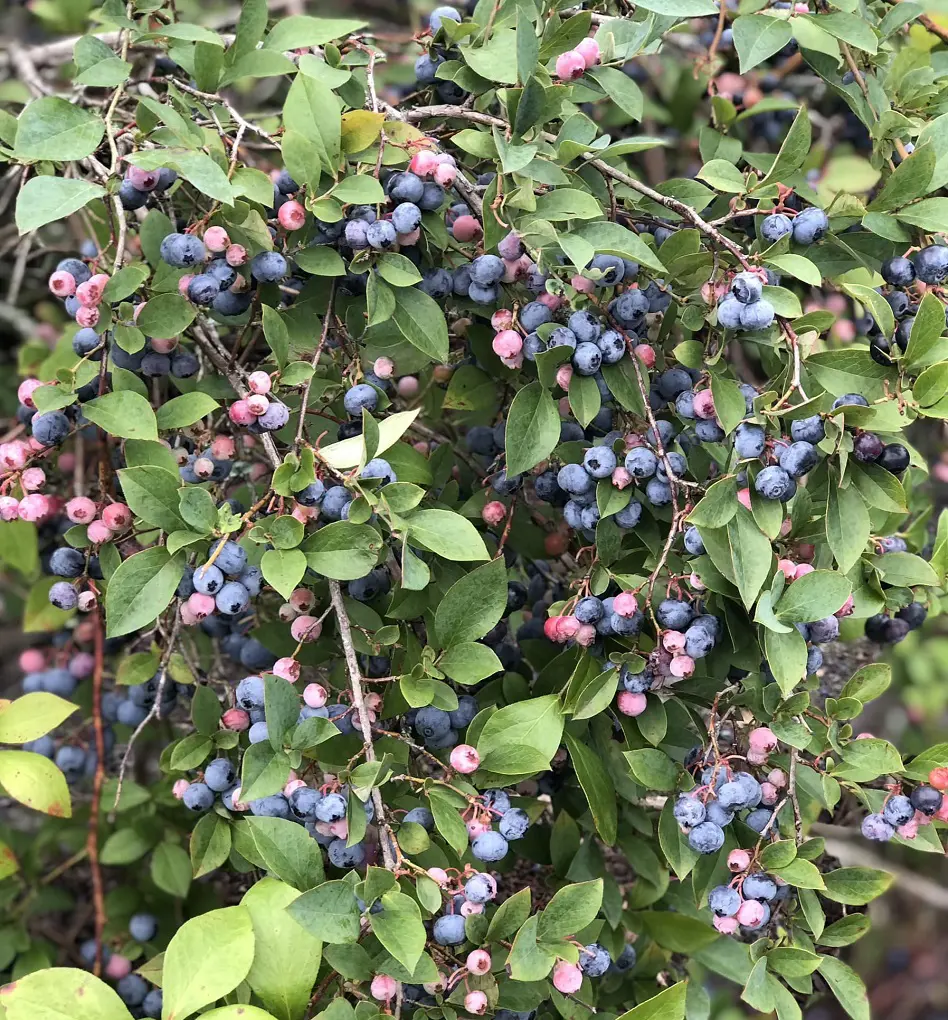1. Beans
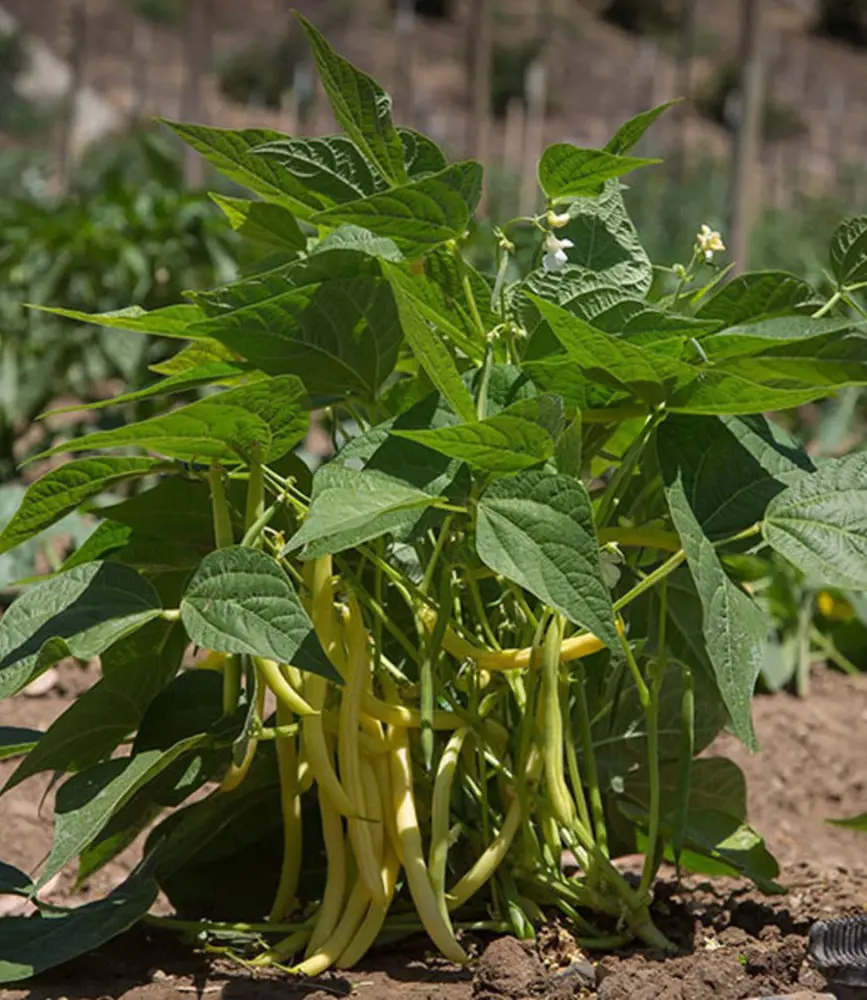
Beans and peas are excellent companion plants as they belong to the same plant family (legumes) and have a symbiotic relationship with soil bacteria that fix nitrogen, enriching the soil. This nitrogen fixation benefits both plants, promoting healthy growth and higher yields.
Additionally, their different growth habits complement each other, as peas climb up supports while beans provide shade and support for peas. This combination also helps deter pests and improves overall garden biodiversity. Furthermore, Beans and Peas also go well in different dishes providing a yummy feast.
